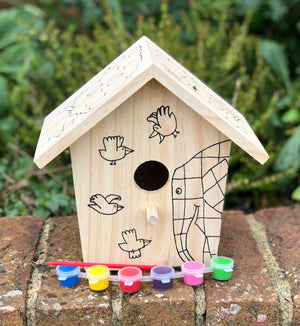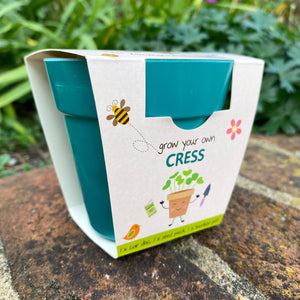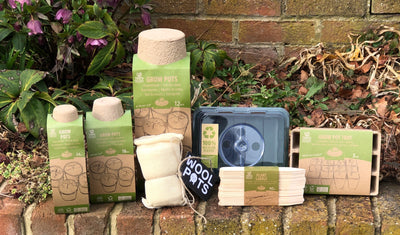
Spiral Shells and Slime – the wonderful world of snails!
Snails are common critters found all over the world, easily recognised by children everywhere. There are over 80,000 species of snail and the group is incredibly varied – the smallest snail would fit through the eye of a needle, the largest would sit comfortably in the palm of an adult’s hand! Their characteristic spiral shells come in a huge variety of colours and patterns– this is because they have evolved in different habitats to camouflage the snail from predators.
Snails have complex and interesting anatomy. The head end has four feelers – the two top ones have eyes on the end! The smaller bottom two feelers have sensors which give the snail its senses of smell and touch. Snails are ‘hermaphrodite’ – this means that each snail has both male and female reproductive organs. They reproduce by laying eggs under the ground. The bottom of the body is made up of a large muscular foot, which the snail uses to move along the ground (slowly!). It glides smoothly over rough ground by producing large quantities of slime under it’s foot.
Snails are an important part of the food chain in our gardens. Birds, frogs, toads, hedgehogs and ground beetles all feed on snails (and slugs) and these organisms are a vital part of the ecosystem and healthy populations of snails are essential for supporting wildlife. So, you’d think that gardeners would welcome snails into the garden…..
However, snails are herbivores and voracious feeders. They have a specialised structure called a radula which makes short work of vegetation. The radula has 14,000 hard, sharp tooth-like structures which rasp along leaves, tearing bits off and back into the snail’s mouth. They can munch their way through lettuces, sunflowers, beans, and cabbage plants overnight. The morning after a snail feast there’s often nothing left except stumpy chewed stalks, lots of slime trails and a very unhappy gardener.
To celebrate these amazing but sometimes annoying creatures, we are running a snail-themed competition this summer. To be in with a chance of winning a brilliant nature book bundle all you have to do is to study the picture and tell us how many snails are hiding. Thanks to Sefton Meadows for the fantastic snail competition picture, https://seftonmeadows.co.uk/”





Leave a comment